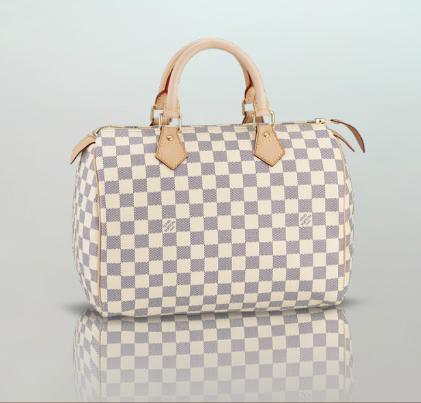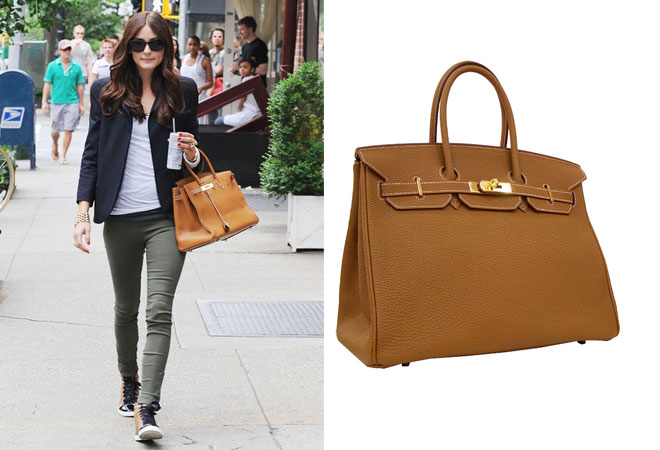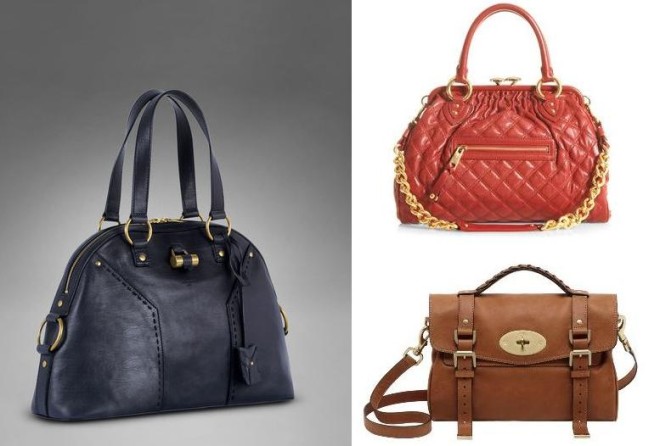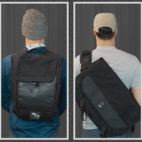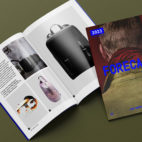The Matriarchs Of The Luxury Handbag World
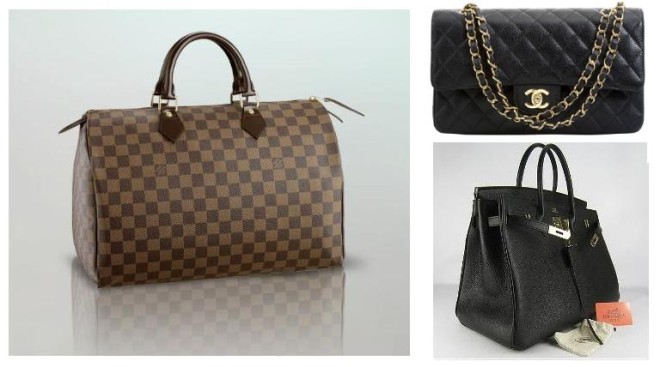
Louis Vuitton Speedy, Chanel 2.55, Hermès Birkin – arguably the matriarchs of the luxury handbag world.
Where the ‘It’ bag has been declared dead by some, each of these designs has stood the test of time – I respect that and was intrigued to find out more.
Hang on… before you scroll up to double check… yes, you’re on Carryology, but we like to give credit where credit’s due. The design of the Hermès Birkin dates back as far as 1892, with the Louis Vuitton Speedy designed in 1933 and the Chanel 2.55 launched in February 1955.
(Conversely, we really dislike the pretentious wank around luxury products but that’s another post for another day – or perhaps another blog).
I admit the knowledge of the price tag alone on each of these bags was a challenge to get past. I don’t envisage ever owning a luxury handbag but at least now I can better appreciate the enduring fascination around these styles.
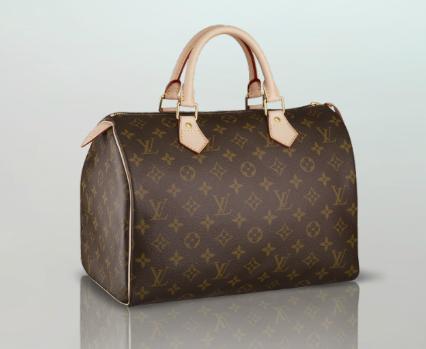
On first glance the Louis Vuitton Speedy is a basic-looking handbag – rounded in shape, minimal internal pocketing, twin grab handles and leather trim. However, the real beauty is in the craftsmanship of these handbags. Aside from the quietly elegant silhouette, the coated canvas used is both lightweight and durable, the seams are hand sewn and each features cowhide leather trim and brass hardware.
The bag’s longevity must certainly be due in part to the use of the Monogram. Incorporating the LV symbol, flowers and quatrefoils, the iconic design borrows from the Victorian era trend of using Oriental-inspired graphics.
The first Speedy 30 was released in 1933. It’s available in a number of sizes from 25-40 with the number referring to the bag’s length, as well as in a number of designs with the Monogram and Damier Canvas being the most well known.
Interestingly, the Damier Canvas pattern incorporates wording that translates into “L. Vuitton registered trademark.” Designed by Mr Vuitton himself to stop his creations being copied, the brand is today amongst the world’s most valuable but also the most counterfeited!
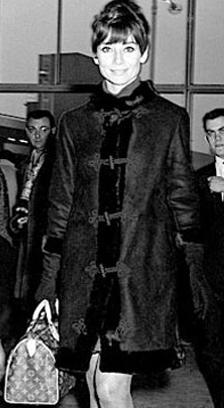
Maybe the most famous images of the Speedy are those of the 25’s debut in 1965 on Audrey Hepburn’s arm. She’d requested the smaller size for everyday use, and together with the 30 it is still the more sought after size.
The Louis Vuitton Speedy is kinda the anti-‘It’ bag – absolutely refined…low-key on first glance yet its notoriety ensures a place on any all-time list.
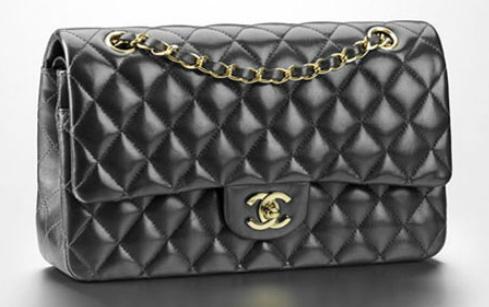
Chanel’s 2.55 bag is possibly the very first fashion shoulder bag. Having debuted first in 1929, it was refined further and released as the 2.55 in February 1955 (get it?!). A bag with a shoulder strap was quite the radical concept in fashion circles at the time.
It is believed Ms. Chanel took inspiration from larger satchel-type bags used by military personnel to create a practical alternative for women who no longer wanted to hand-carry their bags everywhere.
Rectangular in shape, with minimal internal pocketing, the bag’s key feature is the threaded chain and leather shoulder strap. The body of the bag is quilted lambskin or caviar leather, available in three different sizes with gold or silver plated hardware.
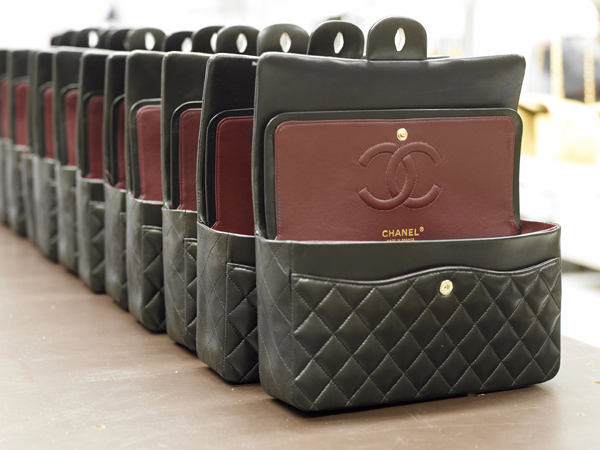
The bag is a material tribute of sorts to Coco’s early experiences. The burgundy coloured lining is the same shade as the convent uniform colour Coco wore as a girl. The diamond quilting pattern was inspired by a number of things: cushions Coco had in her Paris apartment, jockeys’ riding coats and stained glass windows of the Aubazine Abbey. The chain detail itself playfully borrows from the key chains used by caretakers of the Aubazine Convent where Chanel lived after losing both parents.
The 2.55 continues to evolve ever so subtly even today, with new colours and design variations introduced every year. The R&D that goes into each new collection is intense, with a heap of prototypes handmade before any get the green light.
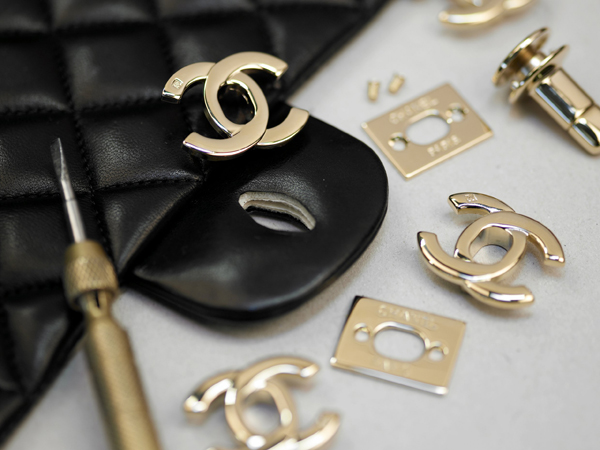
The leather for each bag is meticulously measured, cut, stitched and finished – however most of the actual production time is spent on assembly. Supports are inserted to give each bag that distinctive structure, while care is taken with the lining and internal of every 2.55 to ensure every last detail feels as luxe as the external. Each bag is quilted using machines specifically developed by Chanel, with the logo work, hardware and shoulder strap added in the final stages. It’s interesting to note that each bag’s ‘make’ includes 180 processes in total.
Coco Chanel once said ‘simplicity is the keynote of all true elegance.’ Her iconic 2.55 handbag is this statement personified. It’s totally the little black dress of the luxury handbag world and will never go out of style (funny side note – Coco Chanel is credited with designing the original little black dress, which I didn’t realise until after I’d written that last sentence).
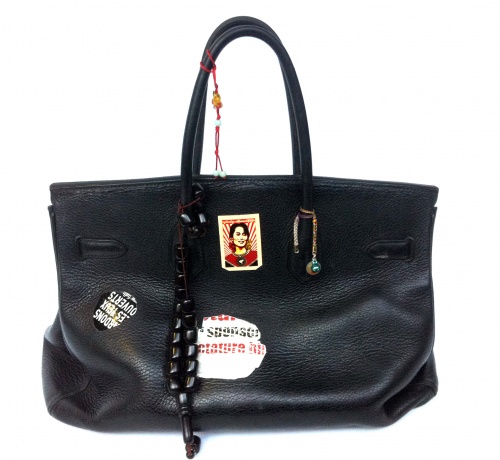 And finally…where other ‘It’ bags have come and gone, the Birkin is truly in a class of its own. Until very recently, these bags boasted the longest waiting list of any handbag in history – up to six years. This bag practically invented the handbag waiting list.
And finally…where other ‘It’ bags have come and gone, the Birkin is truly in a class of its own. Until very recently, these bags boasted the longest waiting list of any handbag in history – up to six years. This bag practically invented the handbag waiting list.
The inspiration for the now iconic Hermès Birkin dates back to the Haut à Courroies (often referred to as the HAC) bag, a style designed in 1892 for carrying saddlery and riding gear. The very first Birkin wasn’t made until 1984 though – three years after a chance meeting between the bag’s namesake, actress Jane Birkin, and the then Hermès Chairman and Artistic Director, Jean-Louis Dumas.
The story goes Mr Dumas was inspired to design a bag for the actress after the pair struck up a carry conversation of sorts on a 1981 airplane flight.
The Hermès Birkin, unlike the Louis Vuitton Speedy and Chanel 2.55, is logo-free but its timeless design and reputation ensures instant recognition.
The Birkin is available in different lengths – from 25 cm up to 55cm. It’s a box-type shape, crisp in proportion with twin grab handles and feature closure complete with a lock and key.
In terms of leather, colour and hardware customers can choose from many options. Leathers including calfskin, ostrich, crocodile and even lizard are available in countless colours and each bag is lined with goatskin.
You can even take your pick between various precious metals for the bag’s hardware, with palladium and gold being the most popular. Authentic Hermès hardware will always be stamped with a ‘H’. Finally, Hermès’ signature saddle stitching ensures that classic finish. Each Birkin is completely handmade in France, with up to 48 working hours spent on one bag by one of Hermès’ expert artisans.
Today however, there is no such waiting list for the Birkin. As another casualty of the global financial crisis, only time will tell if the bag that has transcended time and many a fad can sustain its lust factor.
I guess as a conclusion of sorts, I have come from a place of ‘those bags are repellent’ to respecting each design for its timeless quality and resilience in an ever-changing marketplace. Each bag remains largely unchanged from the day it was released until now.
C’mon all you haters out there… there’s something special about that and it’s a rarity in the design world today.
A parting question – can the YSL Muse, the Marc Jacobs Stam, the Mulberry Alexa or any of the more recently designed ‘It’ bags secure as loyal a following as the years go by? Check them out with your design hat on and let me know what you think.





 Carry Awards
Carry Awards Insights
Insights Liking
Liking Projects
Projects Interviews
Interviews

